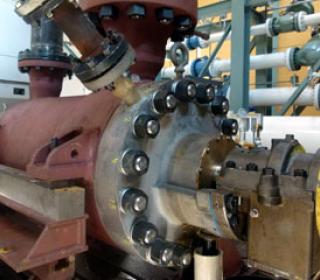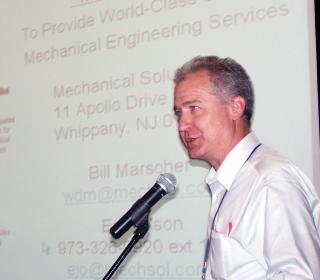
Michelle Preusser and Christine Barger, Hydro Inc.
serve pump users in the power generation industry.
Allow us to introduce Jeff Smith, of Hydro Parts Solutions, to share with you our enhanced capability to support your parts needs, including difficult-to-source cast parts – such as impellers, diffusers, discharge heads, casings, bowls and suction bells.
Hydro’s Booth will be easy to find! Click to view the conference map.
We look forward to seeing you at the show! Continue reading




